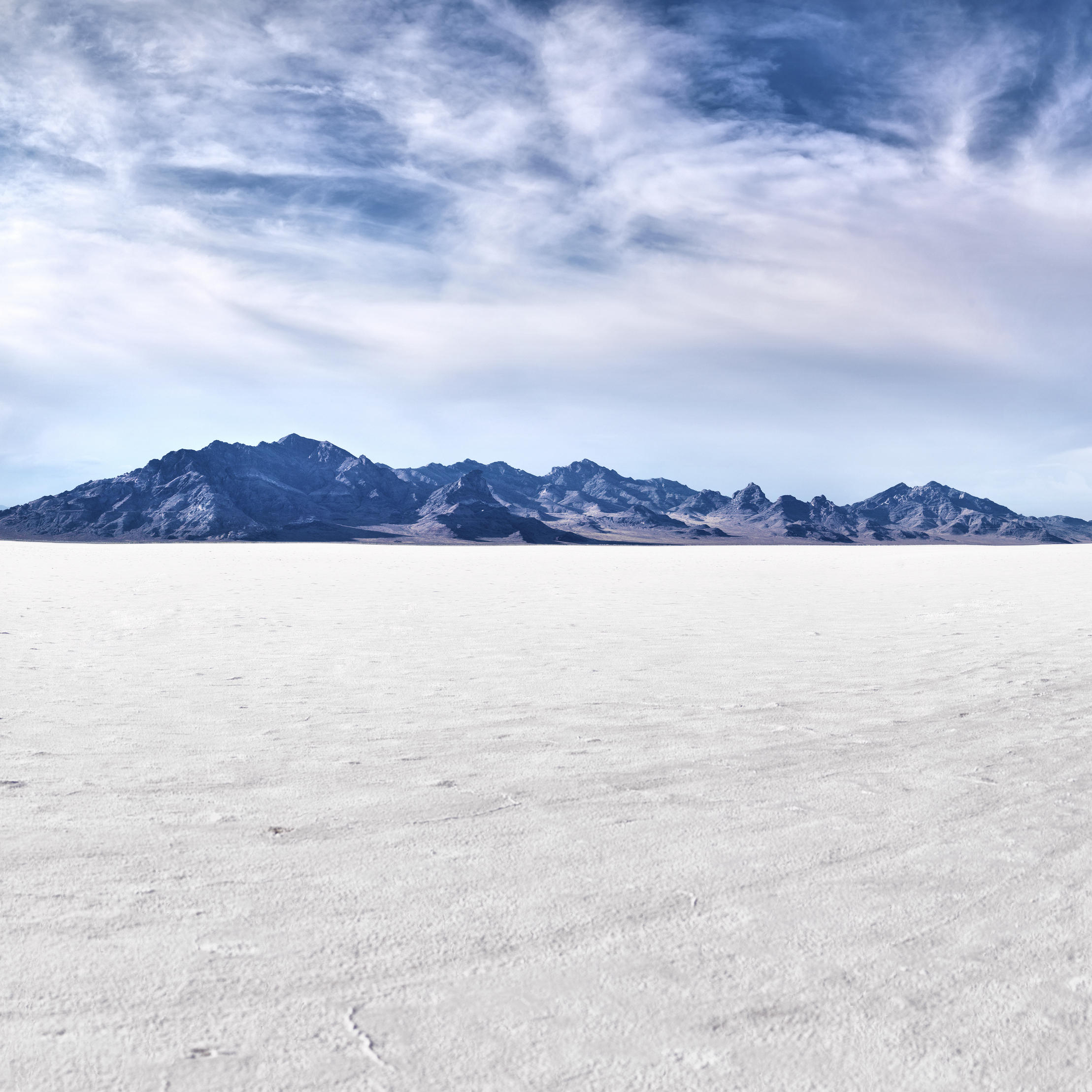
And the salt crusts themselves range in thickness from a few millimeters to several meters. Table salt, or sodium chloride, dominates in some playas, but others have more sulfite salts. The type of salt varies from one playa to another. Most striking, this process results in low ridges of concentrated salt that divide the playa into polygons: mostly hexagons with a smattering of pentagons and other geometric shapes. Groundwater seeping up to the surface evaporates, leaving a crust of salts and other minerals that had been dissolved in the water.

Salt flats form in places where rainfall is scarce and there’s a lot of evaporation ( SN: 12/5/07).

This 3-D approach was key to explaining the universality of salty polygons. “Fluid flows and convection underground are uniquely able to explain why the patterns form,” says Lasser, of the Graz University of Technology in Austria.


 0 kommentar(er)
0 kommentar(er)
